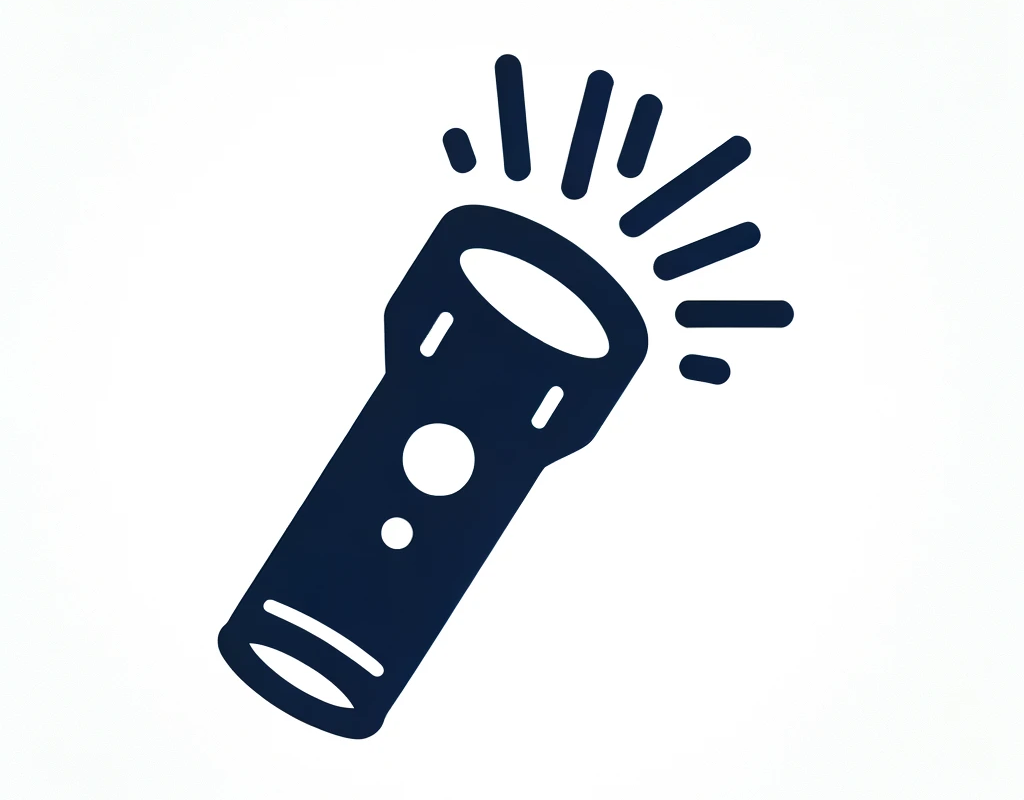In the world of digital photography, capturing the perfect image is a blend of art and science. One technique that stands out in the pursuit of photographic excellence is ETTR, or "Expose To The Right." This approach revolves around maximizing the potential of your camera's sensor to enhance image quality. Let's delve into what ETTR is, how it works, and the ways you can use it to elevate your photography.
Understanding ETTR
ETTR is a method used in digital photography to reduce noise and increase the quality of your images. It involves deliberately overexposing your photo without reaching the point of clipping highlights. By doing this, you gather more light, which is crucial for image quality.
How ETTR Works
Sensor Dynamics: Digital sensors capture more data in highlights than in shadows. By exposing towards the right (brighter areas) on your camera's histogram, you capture more information.
Reducing Noise: More data in the highlights means less noise in the shadows when you adjust the exposure back down in post-processing.
Histogram Usage: The key to ETTR is using your camera's histogram. Ensure the curve is towards the right but not touching the edge, to avoid blown-out highlights.
Implementing ETTR in Your Photography
Manual Mode: Use manual mode on your camera for better control over exposure settings.
Check Histogram: After taking a shot, check the histogram. Adjust the exposure so that the graph peaks towards the right, but not over the edge.
Bracketing: If unsure, use exposure bracketing to take multiple shots at different exposures.
Post-Processing: In your editing software, bring the exposure back to a natural level. This will reveal the low-noise, high-quality details.
Practice: Like any technique, ETTR requires practice. Experiment with different lighting conditions to master it.
When to Use ETTR
Low-Light Photography: In situations with limited light, ETTR can significantly enhance image quality.
Landscape Photography: For capturing detailed landscapes with a wide dynamic range.
Studio Photography: When you have control over lighting, ETTR can ensure optimal raw data for post-processing.
Limitations and Considerations
Avoid Clipping Highlights: Be careful not to overexpose to the point where highlights are irrecoverably lost.
Not Ideal for All Scenes: Scenes with naturally dark tones or high contrast might not benefit as much from ETTR.
Balancing Act: It's about finding the right balance between exposure and preserving highlight details.
Conclusion
ETTR is a powerful technique in digital photography, helping you capture more detailed and noise-free images. By understanding and practicing this method, you can significantly enhance the quality of your photos, especially in challenging lighting conditions. Remember, the key is in the balance and making the most of your camera's capabilities.











